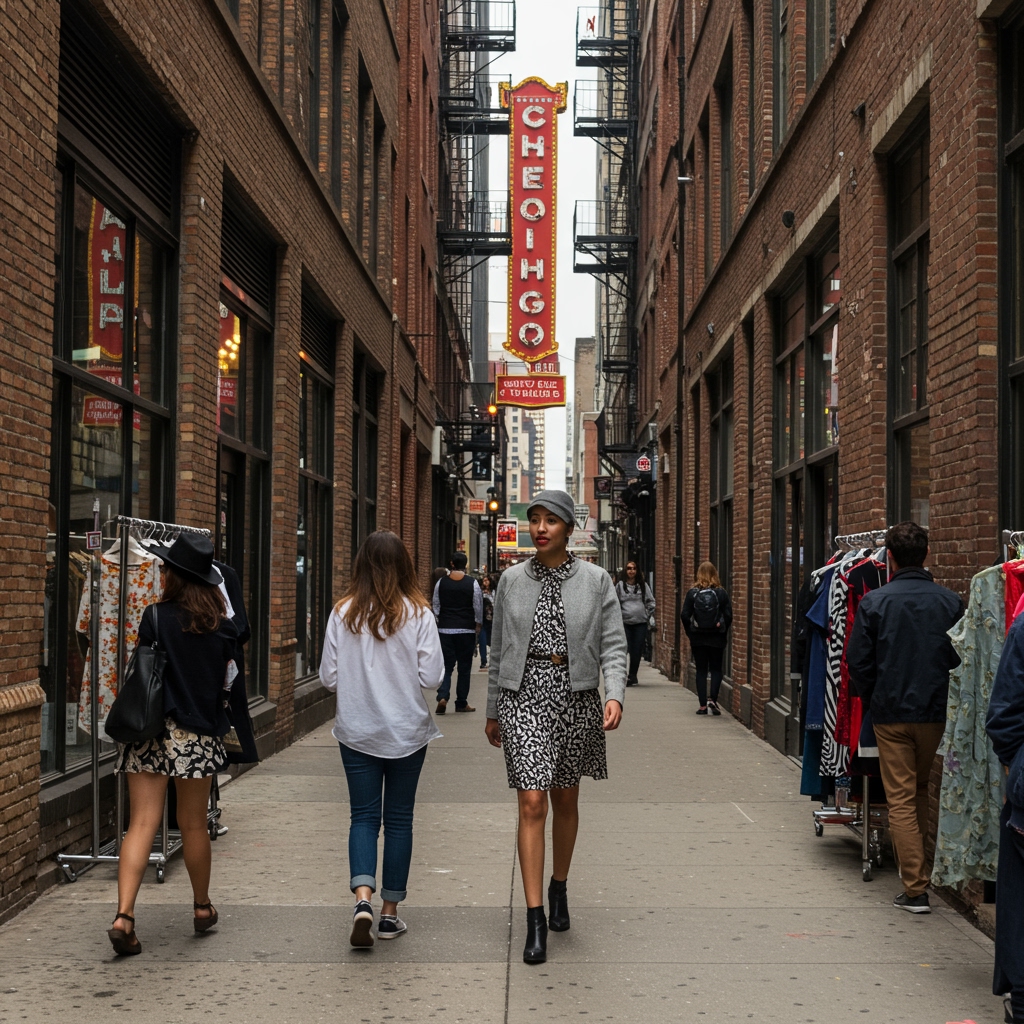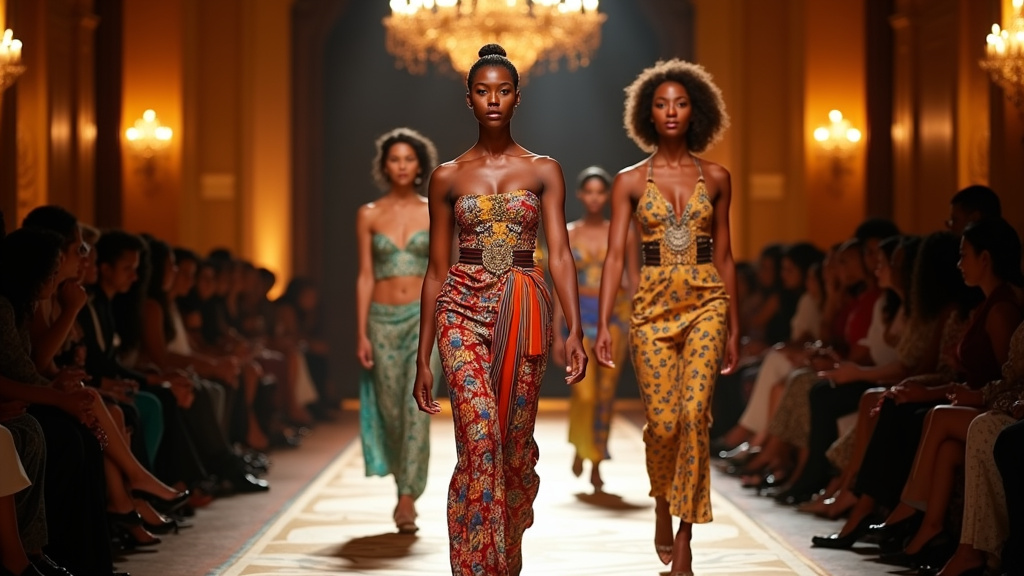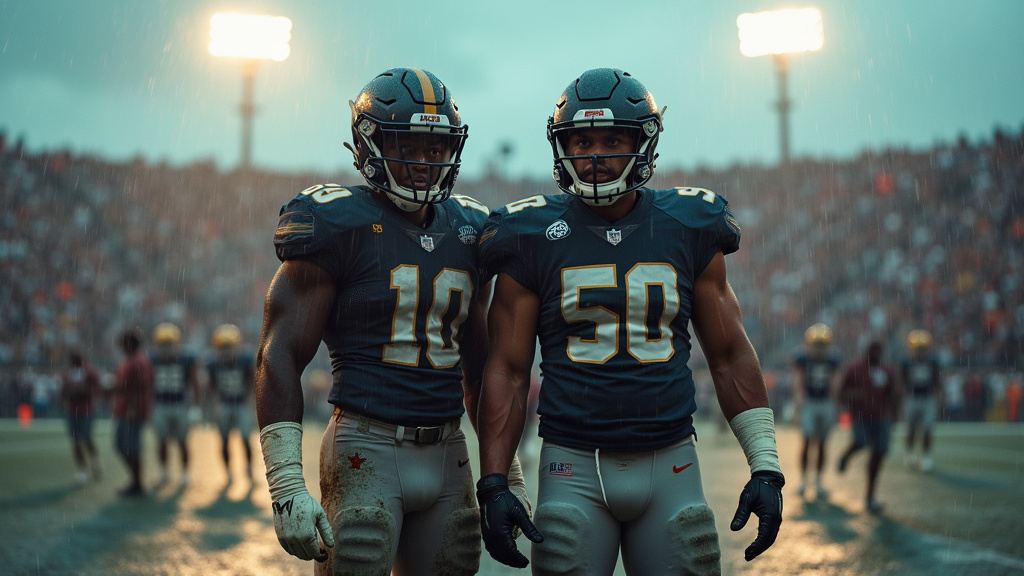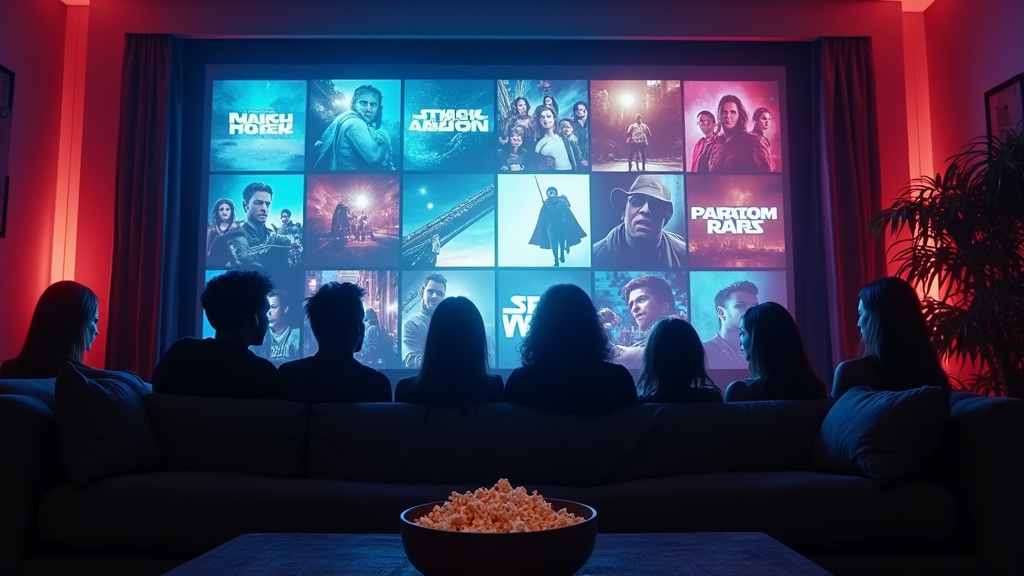The White House Historical Association has unveiled a new digital exhibit, “Suited to Lead: The Lives of Six Presidents Through Fashion,” offering a compelling look at how the sartorial choices of American leaders have shaped their identities, presidencies, and lasting legacies. Launched this week, the exhibit delves into the wardrobes of six United States presidents: George Washington, John Quincy Adams, Abraham Lincoln, Theodore Roosevelt, Harry S. Truman, and Jimmy Carter, exploring how their dress served as a deliberate tool of self-expression and political communication.
Curated by Fiona Hibbard, a student from New York University’s Costume Studies program, “Suited to Lead” posits that presidential fashion is far from a trivial matter. Instead, it argues that the clothing presidents choose—from military uniforms to everyday wear—reflects their personal preferences, societal expectations of the era, and the very positions they hold. The exhibit examines these choices not only during their time in office but also in the periods before and after their presidencies, demonstrating how attire contributed to their overall narrative and public image.
The Enduring Language of Presidential Style
The practice of using dress to convey messages is deeply rooted in American history. As the nation’s first president, George Washington meticulously crafted his image, utilizing clothing to establish a distinctly American identity separate from British influence. He embraced homespun fabrics and standardized military uniforms, such as blue coats, to symbolize national unity and pride, understanding the power of personal and professional branding. This intentionality in dress set a precedent for how a president should present themselves, establishing a visual language for leadership.
Other presidents have employed fashion with equally strategic intent. Abraham Lincoln, for instance, adopted a practical approach, allowing the function of his attire to define his appearance, culminating in his iconic top hat and frock coat ensemble. John Quincy Adams, though often remembered more for his oratory, made a subtle yet significant break from tradition by becoming the first president to wear full-length trousers instead of knee breeches at his inauguration, signaling a shift towards modern fashion. Theodore Roosevelt, a product of the Gilded Age, embraced opulent styles, often appearing in dapper three-piece suits that reflected the era’s grandeur.
Fashion as a Political Statement
Jimmy Carter offers a more recent and distinct example of fashion as a political statement. His decision to wear a beige wool cardigan during a televised address in 1977, encouraging Americans to conserve energy by lowering thermostats, became a widely discussed moment. This sartorial choice was a deliberate strategy to project approachability and connect with the public on a personal level, demonstrating how casual wear could still convey a powerful message. While some analyses describe his style as less formal or even “boxy,” others highlight his tailored outfits and strategic use of knitwear as contributing to his trustworthiness and offering a middle ground in evolving menswear trends.
Beyond individual choices, the exhibit notes that presidential fashion reflects broader societal changes. The choices made by presidents have influenced American fashion and culture, leaving a lasting impression on how leaders are perceived and remembered. This exploration of men’s attire also draws parallels to the ongoing conversations surrounding the fashion choices of America’s First Ladies, acknowledging that visual presentation has always been a significant aspect of public life at the highest levels of government.
Beyond the Exhibit: Style and Substance in Public Life
The significance of appearance in the political arena is not new. Historical moments, including pivotal debates held in cities like Chicago, have underscored how a candidate’s visual presentation can influence public perception and electoral outcomes [Initial Context]. Political scientist David O’Connell’s research suggests that well-dressed presidents are often perceived as more effective, avoiding the potential pitfalls of informal attire that can lead to negativity. The “suit and tie” remains a dominant staple, but the subtle nuances of fabric, fit, and context continue to matter.
The “Suited to Lead” exhibit, accessible online, provides a unique lens through which to understand American history. By examining the personal style of presidents, it reveals insights into their personalities, their eras, and the evolving role of leadership in the public eye. The White House Historical Association, founded in 1961 by First Lady Jacqueline Kennedy, continues its mission to preserve and share the rich history of the Executive Mansion through such engaging educational initiatives. This new collection of news and analysis highlights that the clothes worn by presidents are more than mere garments; they are woven into the fabric of American history and identity.














